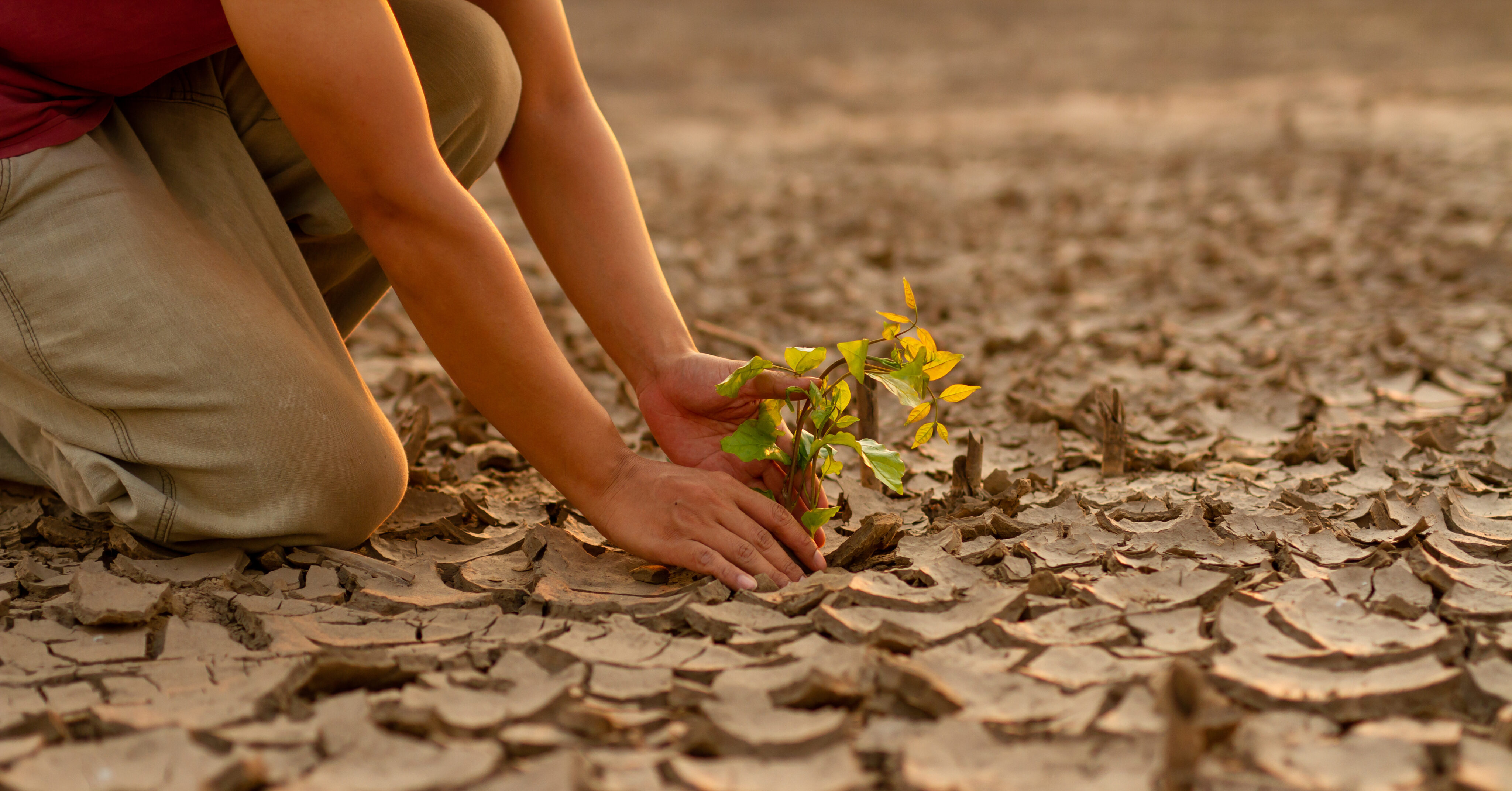Every June 17, the Day to Combat Desertification and Drought is celebrated, a date established by the United Nations General Assembly in 1994 to raise awareness of the problems related to land degradation and the consequences of water scarcity and to show solutions to prevent them.
This year, under the theme “United for the Earth. Our Legacy. Our Future,” focuses on land stewardship to ensure stability and prosperity for billions of people around the world. The objective is to mobilize all sectors of society in favor of sustainable land management. Engaging present and future generations is essential to halt and reverse the current situation and meet the global commitment to restore 1 billion hectares of degraded land by 2030.
Healthy land provides nearly 95% of our food, generates employment and livelihoods, and protects against droughts, floods and forest fires, which are increasing as a result of climate change. However, every second, an area of land equivalent to four soccer fields is degraded, which is equivalent to 100 million hectares every year.
According to the United Nations Convention to Combat Desertification, up to 40% of the world’s entire land area is already considered degraded. Therefore, desertification, land degradation and drought are among the most pressing environmental challenges of our time.
Unsustainable production and consumption patterns, together with population growth, fuel the demand for natural resources, putting excessive pressure on the land to the point of degradation.
As a consequence, soil productivity decreases and biodiversity loss increases, as well as their effects as carbon sinks. But its impacts go beyond nature. Desertification has serious social and economic consequences, such as the progressive abandonment of rural areas and forced migration.
Of the world’s more than 8 billion people, more than 1 billion young people under the age of 25 live in developing countries, particularly in regions that depend directly on the land and the natural resources it provides for our survival.
In many countries affected by desertification, land degradation and drought, agriculture represents an important part of economic income. Sustainable land management therefore benefits both nature and economic growth. Every dollar invested in restoring the land can generate up to $30 in return.
In Spain, almost three quarters of the territory is considered “drylands”. They are characterized by climatic variability, limited productivity due to water scarcity and slow resource renewal, which makes them more prone to desertification.
In order to face this international crisis, Spain actively participates as a party to the United Nations Convention to Combat Desertification. In 2008, the first National Action Program against Desertification was developed. In 2022, a new National Strategy to Combat Desertification was developed, which establishes a framework for policies and initiatives that contribute to combating desertification, achieving land degradation neutrality and restoring degraded areas.












